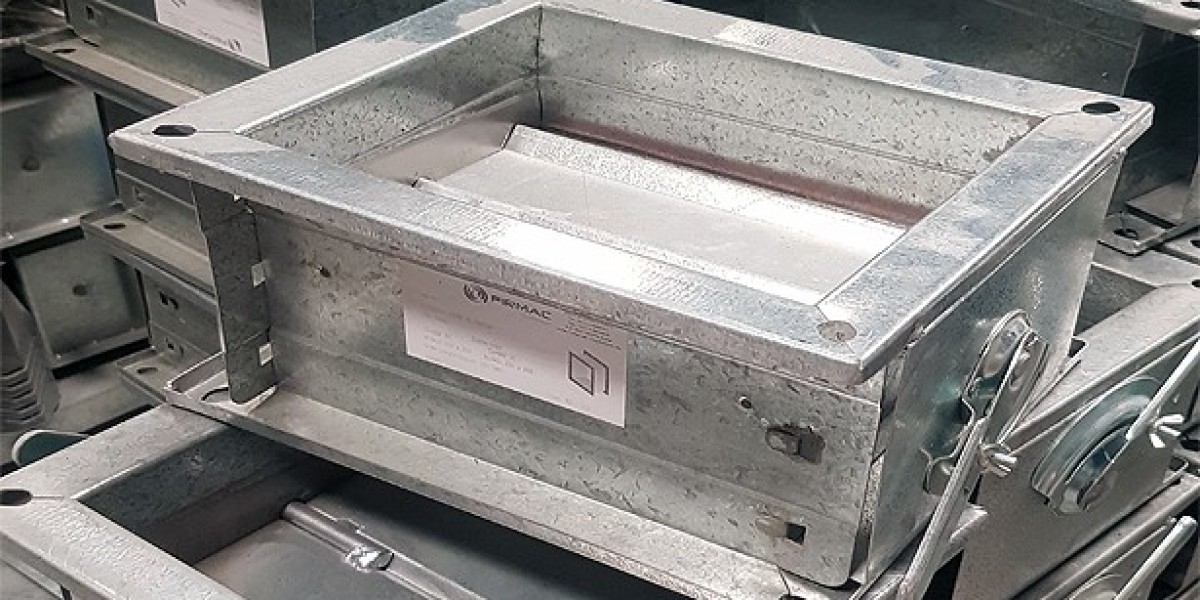Starting a construction project is exciting—especially when it’s your first time! Whether you're building your dream home, a commercial space, or a small office, getting the site preparation right is crucial. It's more than just clearing land—it’s about creating a stable, secure foundation for everything to come.
Here’s a practical and easy-to-follow site preparation checklist designed specifically for first-time builders. Let’s break it down step by step!
1. Conduct a Detailed Site Survey
Before anything else, get your site surveyed by professionals. A site survey helps determine:
Land boundaries
Slope and elevation
Soil type and stability
Any existing underground utilities
Pro Tip: A proper land survey avoids legal issues and ensures your design aligns with the land’s actual dimensions.
2. Test the Soil
Soil testing might sound boring, but it’s one of the most critical steps. Why? Because your foundation depends on it.
Check for bearing capacity, moisture content, and soil composition.
Poor soil? You may need reinforcement or soil treatment.
A good foundation starts with knowing what lies beneath.
3. Get Necessary Permits and Approvals
Don’t skip this! Make sure you obtain all required:
Local government building permits
Environmental clearances (if needed)
Zoning approvals
Delays in paperwork can stall your entire project.
4. Site Clearing and Leveling
Now it's time to clear the space! Remove:
Vegetation, trees, and roots
Rocks and debris
Old structures (if any)
Once cleared, the land is leveled to match the architectural plan. This ensures uniform load distribution and a smoother construction process.
5. Mark Out the Layout
Use stakes, strings, or chalk lines to mark:
Foundation lines
Pillar points
Walls and rooms
This step is where your paper plan begins to come to life!
6. Excavation and Trenching
Depending on your structure’s design, you’ll need:
Trenches for footings and foundation
Space for water tanks or underground utilities
This is heavy-duty work, so hiring experienced excavators is a must!
7. Utility Planning: Water, Electricity, Drainage
Coordinate with experts to plan where your:
Water pipes
Electrical conduits
Drainage lines
...will go. Installing these systems early avoids expensive rework later.
8. Temporary Infrastructure
Think ahead! You may need:
Temporary storage sheds
On-site toilets
Access roads or paths for heavy machinery
Even temporary fencing for security can make a big difference.
9. Manage Erosion and Water Flow
Water damage during construction is a hidden threat. Install:
Drainage systems
Retaining walls (if sloped)
Erosion control measures
Especially important during the monsoon or in hilly areas.
10. Final Site Inspection Before Construction Begins
Before laying the foundation, do a final check:
Are the utilities properly planned?
Is the land compacted and leveled?
Are the trench depths accurate?
A final walkthrough with your contractor ensures everything is in place before the build begins.
Final Thoughts
Building for the first time doesn’t have to be overwhelming. With a well-organized site preparation checklist, you're setting yourself up for fewer delays, fewer surprises, and a rock-solid foundation—literally and figuratively. So, Site preparation with the best construction company ensures a strong foundation, timely execution, and a smooth start to your building project.
Remember: the strength of your structure starts with the ground beneath it. So take your time, plan wisely, and always consult professionals when needed.






